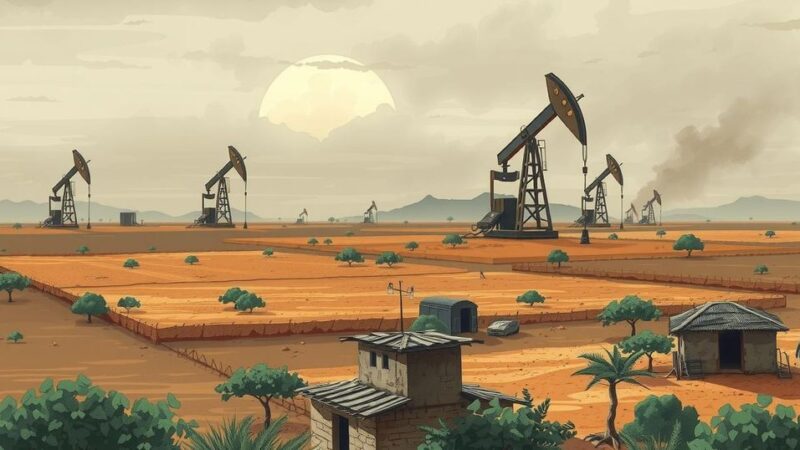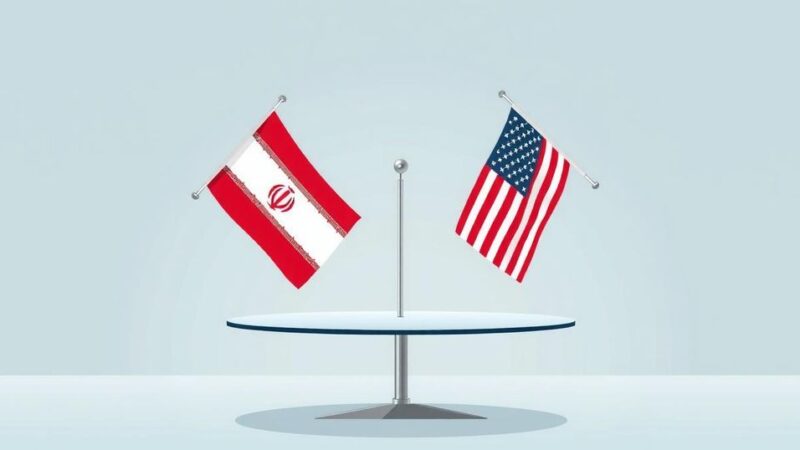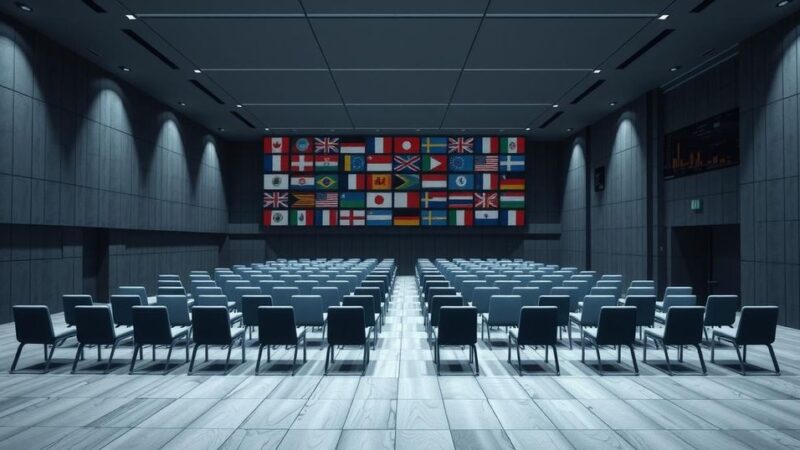Bashir Abazayd, often referred to as the catalyst for the Syrian war, initiated the uprising in 2011 with an act of defiance in Daraa. Accused of spray-painting anti-government graffiti, he later acknowledged his involvement, revealing a yearning for change inspired by the Arab Spring. The subsequent violent crackdown by the Assad regime led to a devastating civil war involving numerous foreign powers, resulting in immense human suffering and loss.
Bashir Abazayd, a Syrian individual, is regarded as a pivotal figure in the onset of the Syrian uprising against President Bashar al-Assad’s regime. His teenage act of defiance in Daraa sparked a rebellion that escalated into a devastating conflict, changing the landscape of the Middle East significantly.
In early 2011, Abazayd was accused of spray-painting anti-government graffiti on a school wall in Daraa. The region was under the stringent control of the Assad administration, with the president being a British-trained ophthalmologist ruling for over 40 years. The graffiti bore a bold message, “It’s your turn, doctor. Freedom,” reflecting the sentiments of the Arab Spring movements.
Though initially denying his involvement, Abazayd later acknowledged that his actions were motivated by the unrest and aspirations for change inspired by neighboring uprisings. The Daraa Martyrs Documentation Office lists him as one of the 16 boys arrested related to the graffiti incidents. Despite hopes for reform, the situation transformed into a violent uprising following violent crackdowns from the regime.
On March 18, 2011, Syrian security forces opened fire on protesters demanding the release of the detained boys, resulting in the first fatalities that would ignight the uprising. The initial protests rapidly spread throughout Syria, leading to fierce confrontations between demonstrators and the Assad regime, which responded with increasing brutality.
The conflict attracted broad foreign intervention, with countries like Russia and Iran backing the Assad government, while the United States and its allies supported various rebel factions. As the civil war continued, it resulted in immense loss of life and widespread displacement of Syrians, altering the country’s demographic and social fabric.
Bashir Abazayd reflects on the early days of the rebellion as a period filled with hope for democracy. He remarked on the meaningful discussions surrounding governance and regime change that the protests fostered. “We thought it’s a wave and we’re part of this wave,” he stated, encapsulating the initial optimism that fueled the movement.
However, the war’s brutality intensified after the Russian intervention in 2015. The turning point occurred in July 2018 when Assad’s forces reclaimed Daraa, raising the national flag. This event marked a significant moment in the conflict, symbolizing the regime’s tighter grip on control in Syria.
Bashir Abazayd’s actions were instrumental in triggering the Syrian uprising against a long-standing autocratic regime. His initial resistance through graffiti represented a burgeoning desire for change and democracy among Syrian youth. However, the ensuing conflict led to widespread devastation, foreign intervention, and considerable loss of life, highlighting the complexity of the situation. Abazayd’s reflections reveal a poignant glimpse into the hope that once underpinned the rebellion, now overshadowed by the bloody realities of war.
Original Source: www.newsx.com






